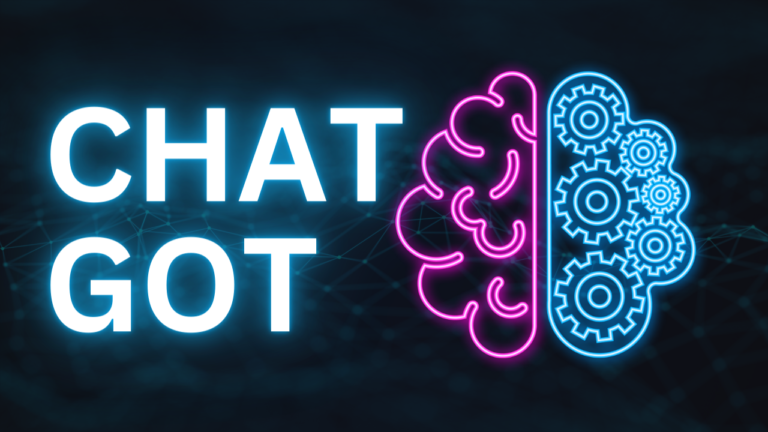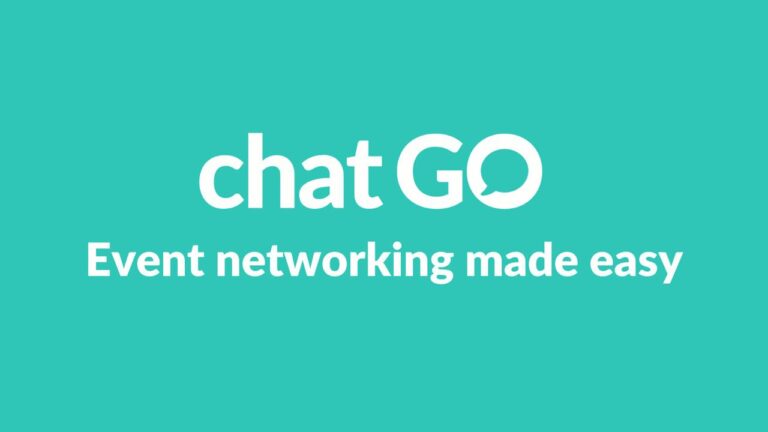
ChatGot: A New Era in Interactive Communication and AI Technology
The rapid advancements in artificial intelligence (AI) and machine learning technologies have been transforming the way we interact with machines. From virtual assistants to AI-driven customer service, the digital world is undergoing a profound shift. Among the most exciting new developments in AI communication is ChatGot, a next-generation platform that blends cutting-edge technology, machine learning, and human-like conversation into a single cohesive system.
ChatGot is more than just a chatbot or a conversational agent; it represents a significant evolution in how we engage with AI, making conversations with digital systems more natural, efficient, and personalized than ever before. The platform is designed to revolutionize the way businesses, organizations, and individuals communicate, opening new possibilities for enhancing productivity, customer support, and personal interactions.
This article delves into the concept of ChatGot, exploring its development, features, potential applications, and the impact it may have on various industries. By examining what ChatGot represents and how it can transform digital communication, we can better understand how this revolutionary technology will shape the future.
The Genesis of ChatGot
While the concept of conversational AI and chatbot technology is not new, ChatGot emerged as a response to the growing demand for more intelligent and nuanced communication systems. Traditional chatbots often rely on simple decision trees and scripted responses, which limit their ability to handle complex queries or engage in dynamic conversations. To overcome these limitations, ChatGot was built on advanced natural language processing (NLP) algorithms, machine learning models, and contextual awareness systems.
The platform was developed by a team of AI experts and engineers who sought to push the boundaries of chatbot technology by creating a system that could understand and generate language with a high degree of fluency. ChatGot employs deep learning techniques, leveraging massive amounts of text data to train its models in a way that allows it to generate human-like responses in real-time.
One of the key innovations behind ChatGot is its ability to not only respond intelligently to questions but also to interpret the underlying intent behind user inputs. This makes it more than just a reactive system; it becomes an interactive partner capable of engaging in conversations that are contextually rich and meaningful.
Key Features of ChatGot
Natural and Dynamic Conversations: Unlike traditional chatbots, which often provide rigid, templated responses, ChatGot is designed to engage in free-flowing, dynamic conversations. Its NLP models are capable of understanding context, tone, and sentiment, allowing it to tailor its responses based on the flow of the conversation.
Contextual Awareness: It doesn’t just process each message in isolation. It maintains awareness of the entire conversation, making it capable of handling complex, multi-turn interactions. For example, if a user starts a conversation about booking a flight but later shifts to asking about hotel reservations, it can seamlessly switch topics without losing track of the user’s original intent.
Personalization: One of the standout features of it is its ability to personalize interactions. By learning from previous conversations, it can adapt its responses to suit the user’s preferences and style. For instance, it can remember previous topics discussed, offer tailored recommendations, and provide personalized content based on user interests.
Multilingual Support: To cater to a global audience, it is equipped with multilingual capabilities. This allows it to converse fluently in a variety of languages, breaking down communication barriers for businesses and users worldwide. Whether you’re in New York, Tokyo, or Berlin, it can interact in the preferred language of the user.
Integration with Multiple Platforms: It is designed to be integrated into a variety of communication platforms, including websites, mobile apps, social media, and even voice-activated assistants like Alexa and Siri. This wide compatibility makes it accessible to businesses of all sizes and industries, allowing them to enhance their customer service, sales processes, and user engagement efforts.
Emotion Recognition: By analyzing the tone, choice of words, and pacing of a user’s input, it can detect emotions such as frustration, excitement, or happiness. This emotional intelligence enables it to adjust its responses accordingly. For example, if a user expresses frustration, it can adopt a more empathetic tone to de-escalate the situation.
Real-Time Data and Analytics: It isn’t just a conversational tool; it also provides valuable insights into user behavior. Through integrated analytics, businesses can track customer satisfaction, identify common queries, and gain actionable insights that can drive decision-making and improve products or services.
Potential Applications of ChatGot
The versatility of it makes it suitable for a wide range of industries and use cases. Let’s explore some of the potential applications:
Customer Support: One of the most common uses of it is in customer service. Traditional customer support often involves long wait times and can sometimes feel impersonal. With it, businesses can offer instant, personalized support to their customers, resolving queries quickly and efficiently. The platform can handle everything from answering simple questions to troubleshooting more complex issues, providing customers with a seamless experience.
E-commerce: In the e-commerce industry, it can serve as a virtual shopping assistant. It can help users browse products, provide product recommendations based on browsing history, and even guide them through the checkout process. It can also assist with post-purchase support, such as tracking orders or processing returns.
Healthcare: In healthcare, it can be used to provide medical advice (within a limited scope) or assist with administrative tasks like appointment scheduling. While it can’t replace doctors, it can offer valuable information on health-related topics and help patients navigate healthcare systems.
Education: It can act as an intelligent tutor, offering personalized learning experiences to students. Whether it’s helping with homework, explaining complex concepts, or providing study tips, it can be a valuable educational tool for both students and teachers.
Human Resources: HR departments can leverage it to streamline recruitment processes, answer common employee queries, and provide information about company policies and benefits. It can also assist with onboarding new employees by guiding them through the necessary steps.
Entertainment: In the entertainment industry, it could be used to create interactive storylines, video games, and experiences where users can converse with characters, shaping the direction of the story. Its natural language capabilities could enable richer, more immersive narratives.
Ethical Considerations and Challenges
While ChatGot represents a leap forward in AI communication, it also brings about important ethical considerations and challenges. One of the key issues is privacy. As it collects data from users to improve its responses and personalize interactions, it’s crucial to ensure that this data is handled securely and transparently. Users must be informed about how their data is being used, and proper safeguards should be in place to protect sensitive information.
Another concern is the potential for bias. AI models, including it, are only as good as the data they are trained on. If the training data contains biased or harmful information, it could lead to problematic outputs. OpenAI and other organizations working with AI systems are actively exploring ways to mitigate these biases and ensure that AI systems are fair, transparent, and inclusive.
Finally, there’s the question of dependence on technology. As AI becomes increasingly integrated into our daily lives, there’s a risk that we may rely too heavily on systems like it for communication and decision-making. It’s important to strike a balance between utilizing AI and retaining human input in key decisions.
The Future of ChatGot
The future of it is incredibly exciting. As AI continues to evolve, so too will the capabilities of it. Future versions may include even more advanced features, such as real-time voice recognition, deeper integration with augmented and virtual reality, and greater emotional intelligence that allows it to engage with users on a more human level.
One potential development is the ability for it to engage in truly multimodal interactions, where users can not only type or speak to the system but also interact through gestures, facial expressions, and even eye movement. This could create a more immersive experience, where it becomes a true partner in communication.
In the business world, the use of AI-powered assistants like it will only increase. As more companies realize the benefits of automation and personalized communication, the demand for such platforms will continue to grow. This will also lead to improvements in the technology itself, making it even more sophisticated and efficient.
Conclusion
It represents the next step in the evolution of AI-driven communication platforms. By blending advanced natural language processing, machine learning, and personalized interaction, it is transforming how we communicate with machines. Its potential applications span industries from healthcare and education to entertainment and customer service, making it a versatile tool for businesses and consumers alike.
As we look toward the future, the continued development of it and similar AI systems will undoubtedly change the way we interact with technology, opening new doors to innovation, productivity, and seamless digital communication.


